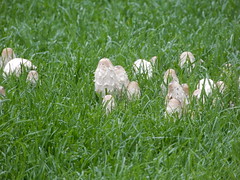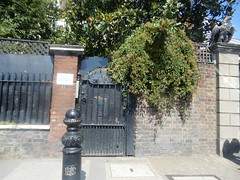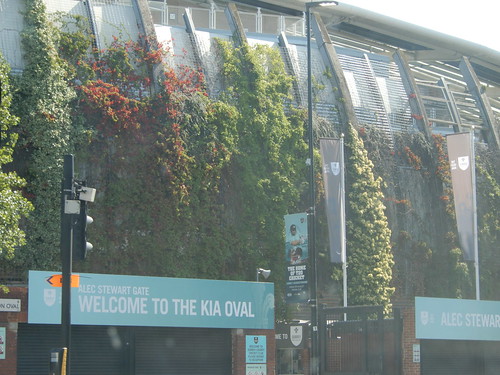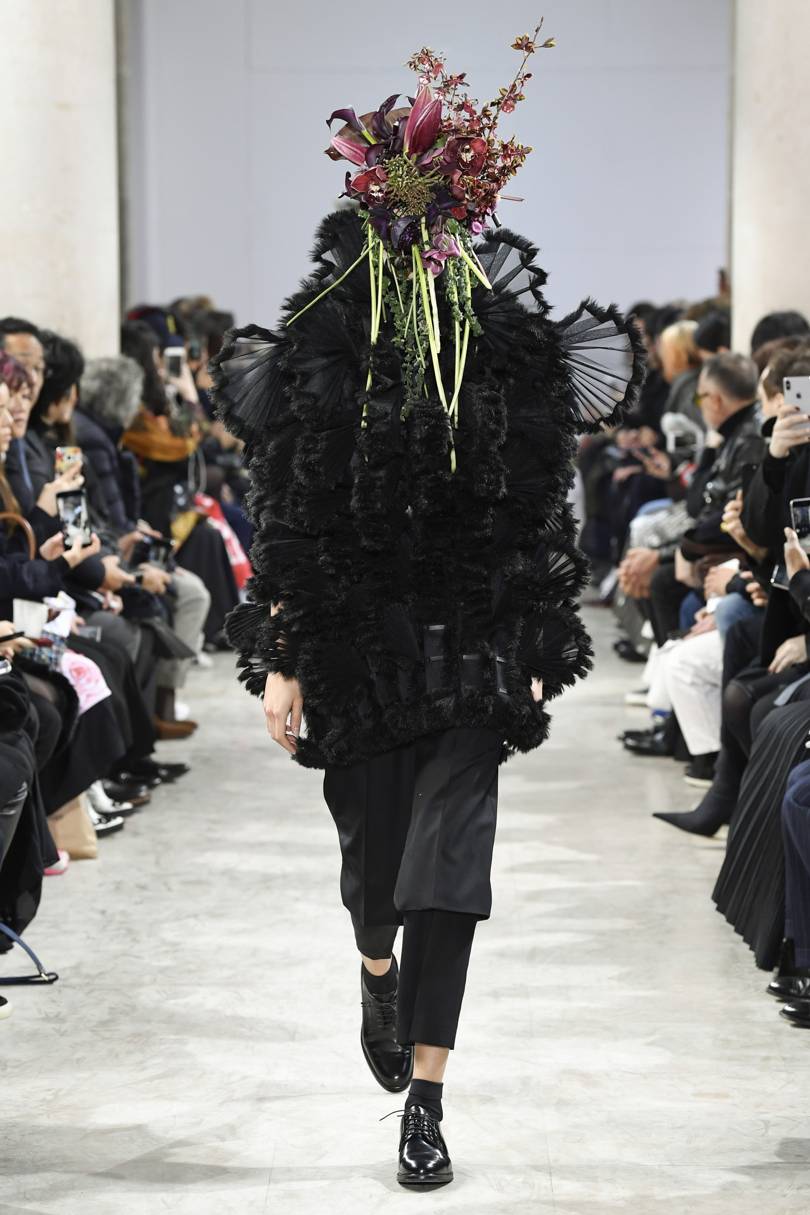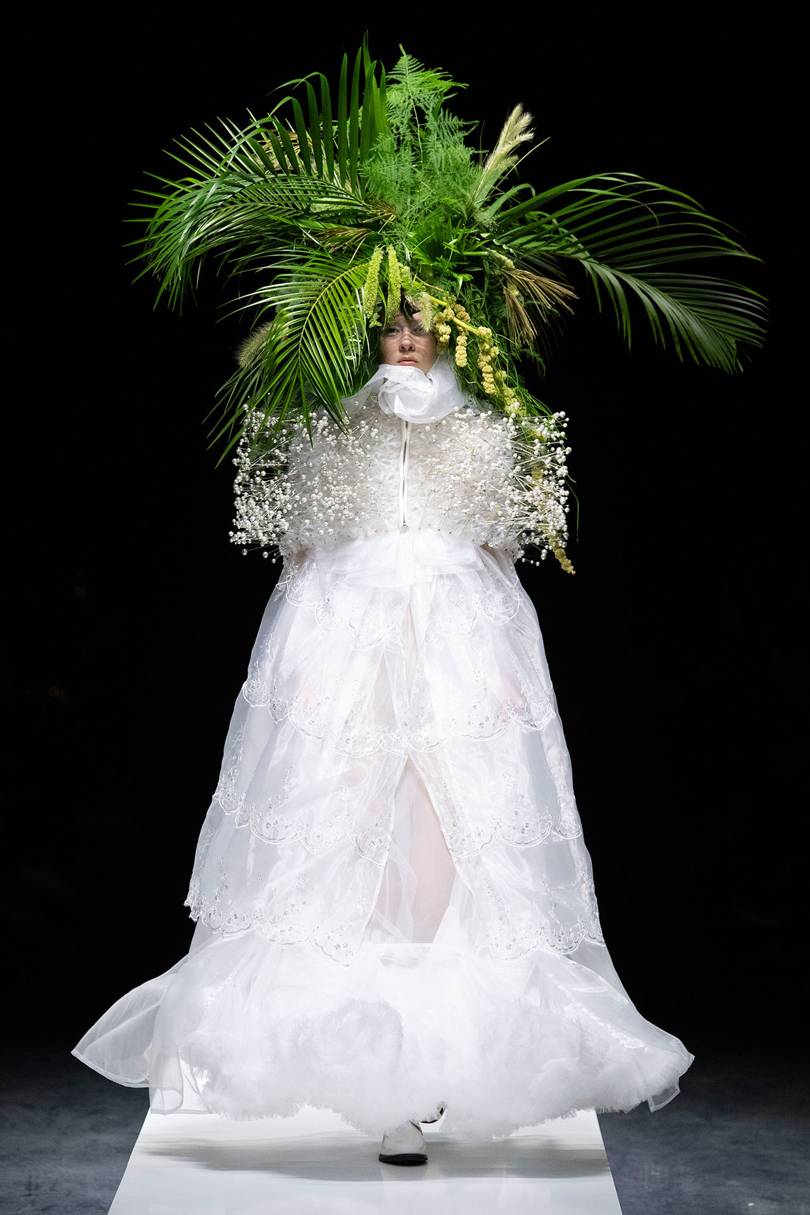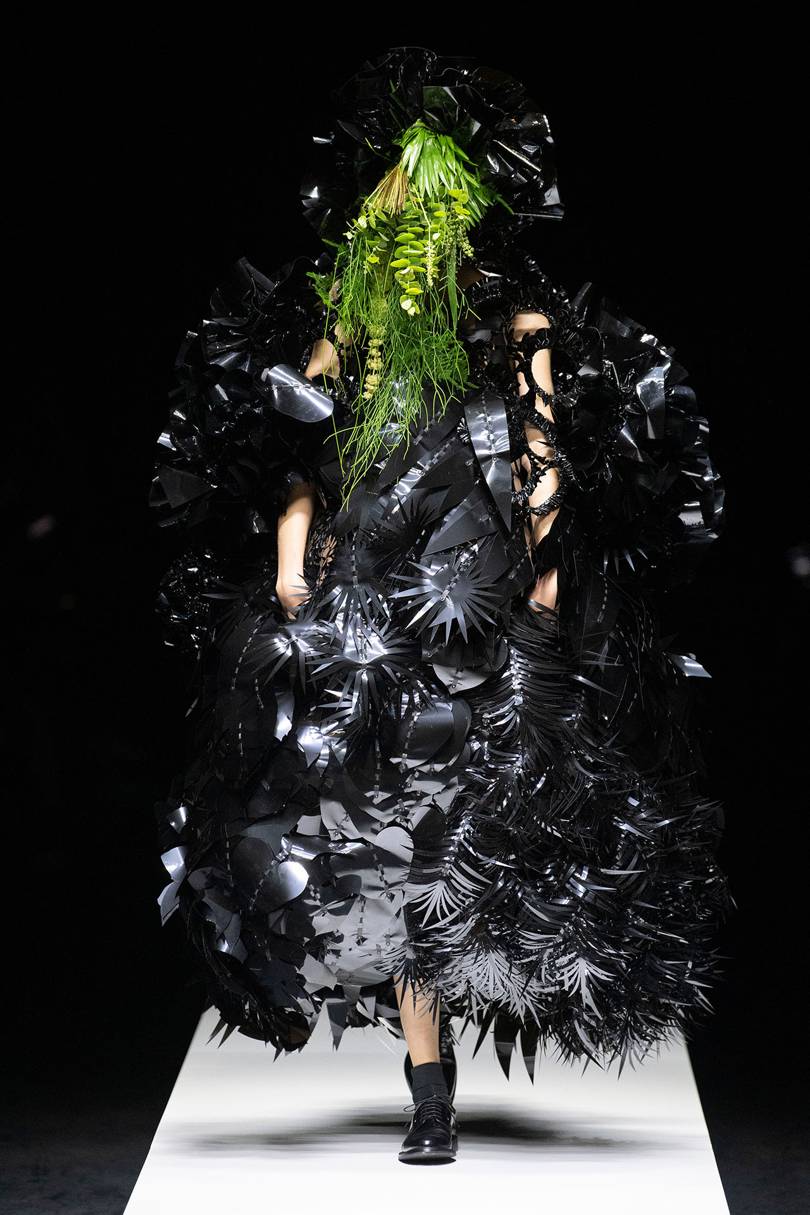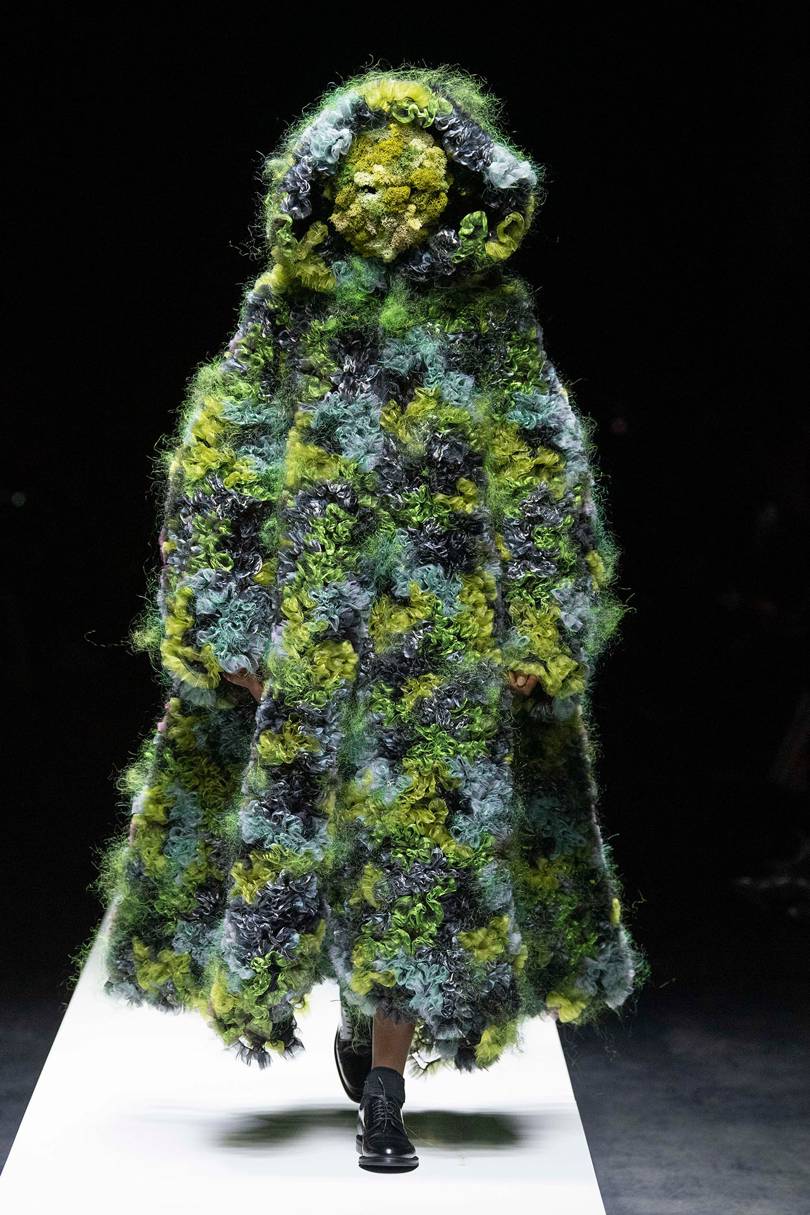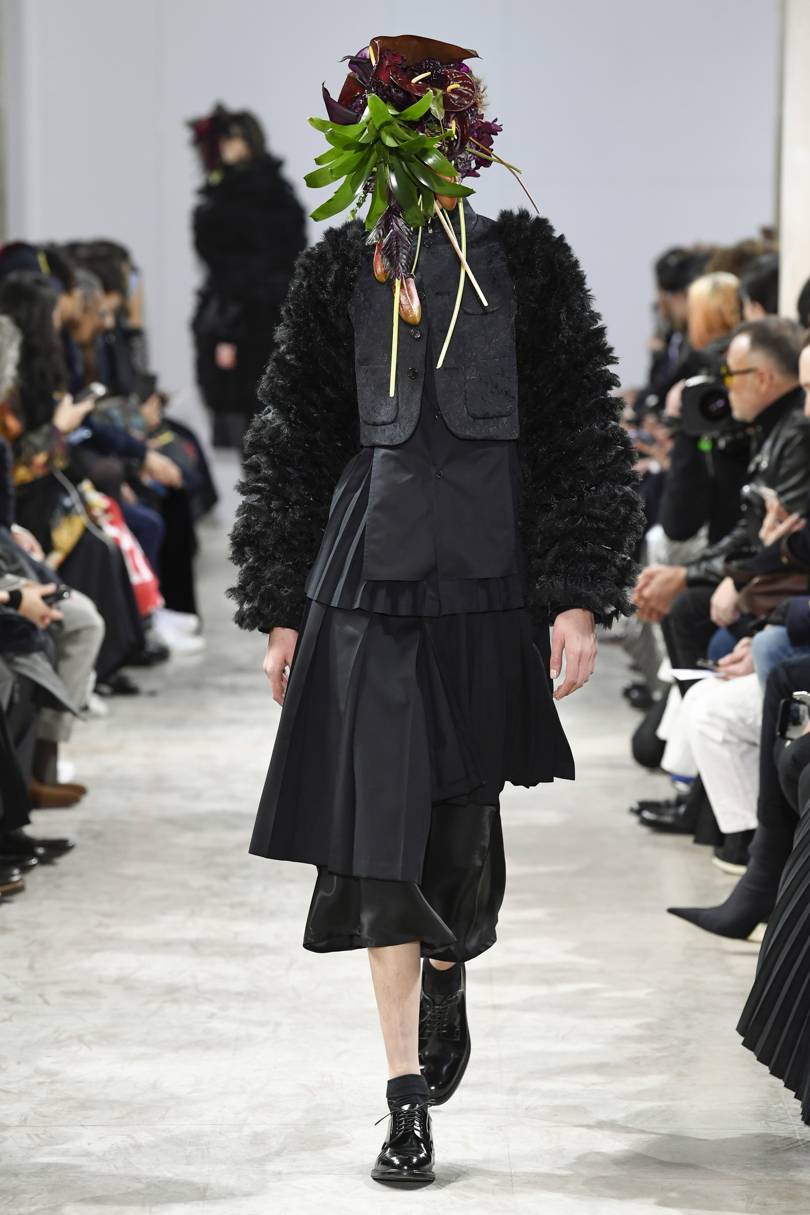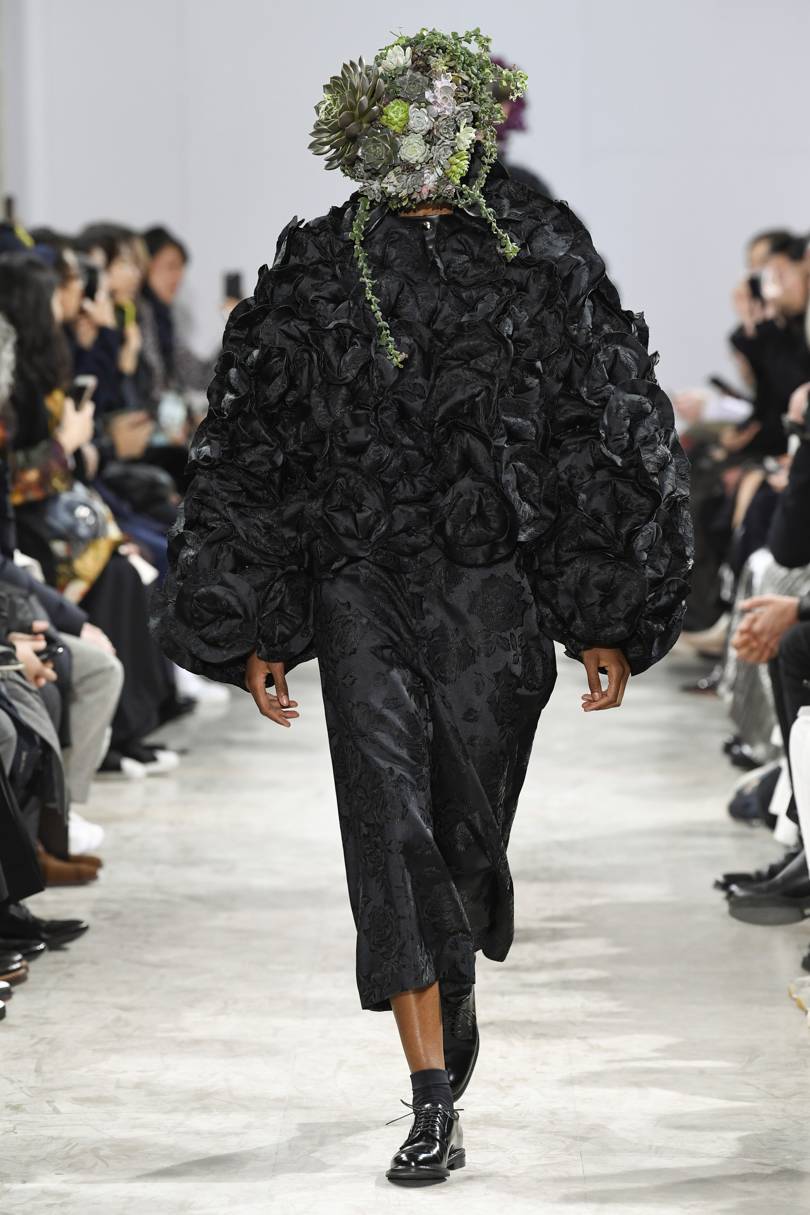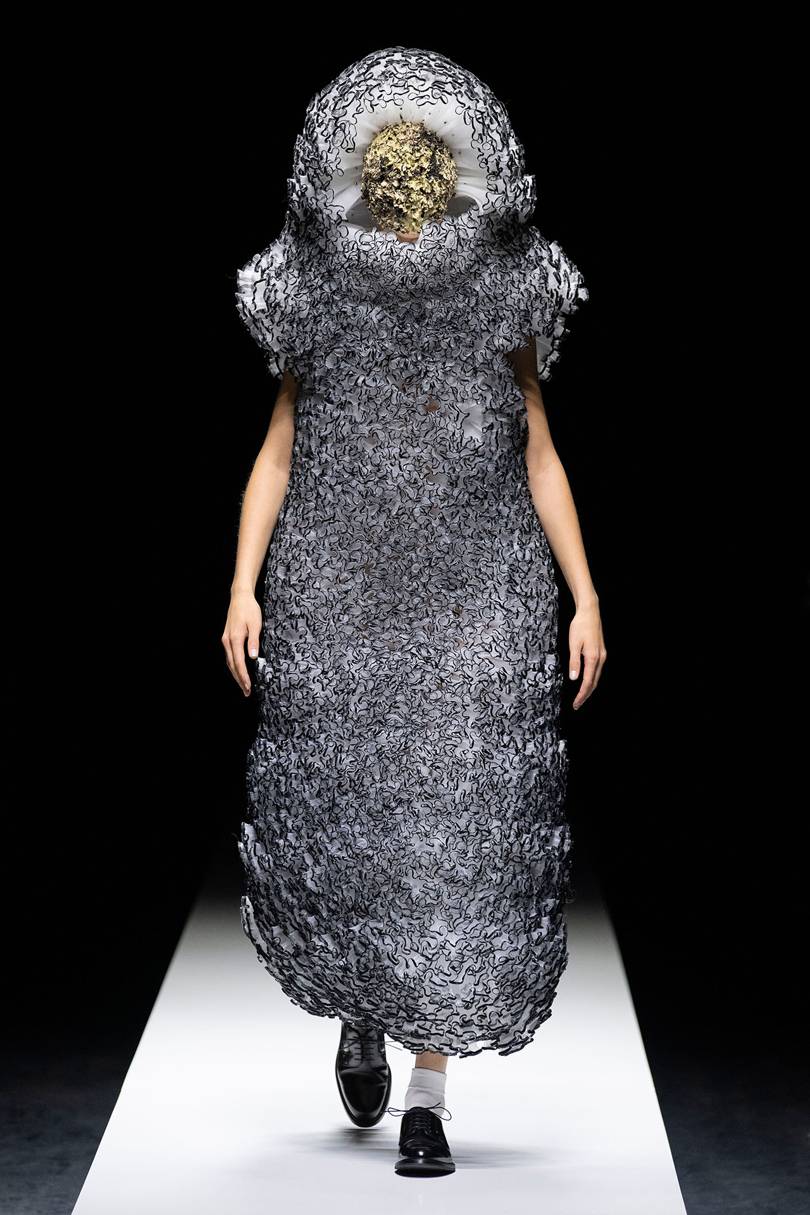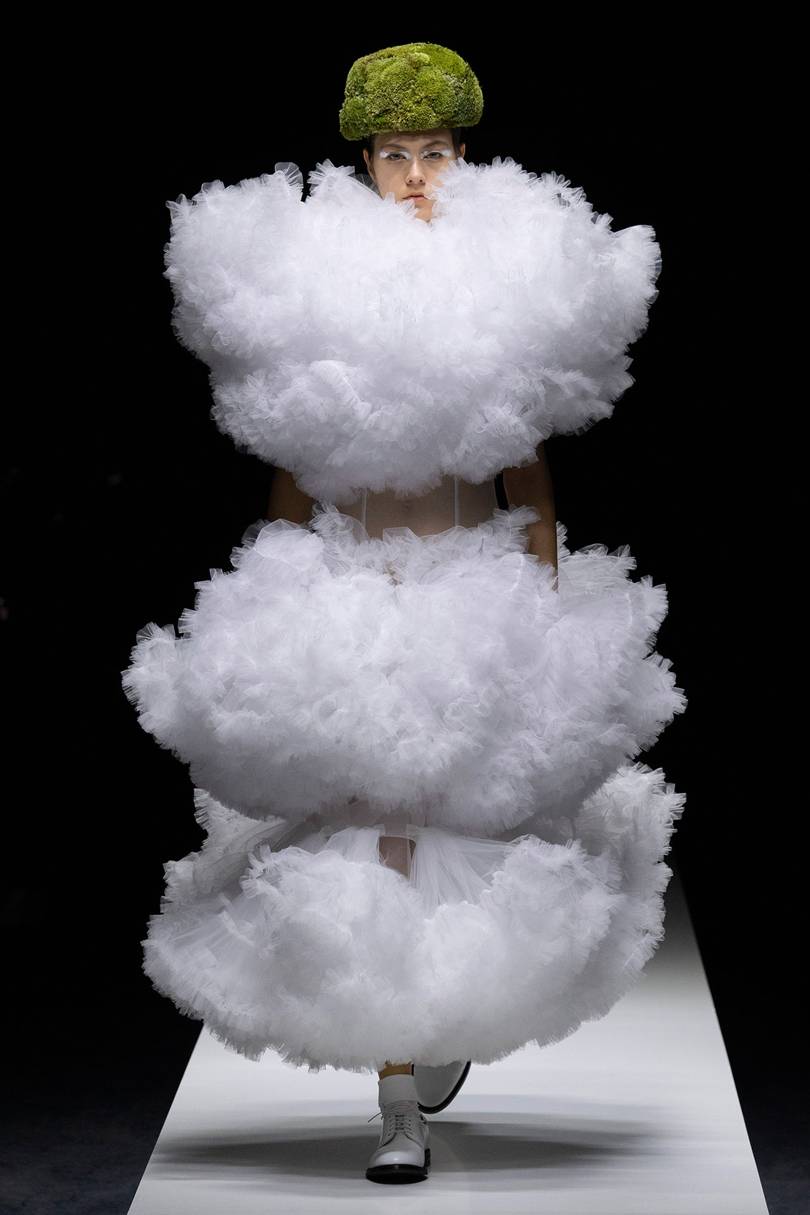Meet one of our local thin green lines:

It's been a wet, warm month, so growth like this is everywhere. Every crack, every crevice is sprouting green. Wherever there is a seam in the seamless urban environment, green is zipping along it, opening up a tiny garden space for weeds and algae, moss and muck.
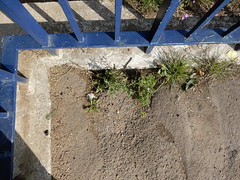

And then comes the grass, levering the tarmac apart, opening up cracks in the pavements, harbinger of dilapidation. Nobody wants this, so out come the municipal hoes and blowtorches, if you're lucky, weedkiller if you're not.... which is a shame, because every single one of those tiny green straps, small pink or white or yellow flowers is a stepping stone for insects, for pollen beetles and bees, for hoverflies and tiny wasps, buzzing deep into our cities. Every crack and crevice picks up those particulates we'd otherwise be breathing and makes them into mulch for the green. They're quite nice to look at too, or is that just me?
Crickets.
Just me then. But wait, maybe we could make them into something a bit more intentional, and a bit more lovely, but keep the appeal to our native insect life? And maybe these thin green lines could be pressed into service as tiny threads for our smallest animals to flit and crawl and creep along through our concrete wastelands?
Stick with me, because my idea is something a lot smaller and easier to maintain than a green wall. It's more akin to a cornice, a dado, a picture rail. These planting spaces bolt onto walls, or nestle in their angles. They don't have much soil or water in them, so they're going to only take the hardiest of the hardy. How fortunate that this gives us so many beautiful and wonderful plants. All of our native weeds can mingle in with dwarf grasses and hardy alpines, Erigeron rubbing up against Golden Marjoram and House Leeks, Yorkshire fog and Timothy grass rubbing up against Sow thistle and Willowherb and hardy, grow-anywhere dandelion. It could be awesome. Consider this view:
Pretty dull, right? Let's add a planting rail everywhere there's a seam in the dollhouse bricks:
As you can see I went quite complicated on the near wall, with a varied planting and a deeper trough, but kept things very straightforward on the ups and downs of the far wall, with just a tight little plastic planting medium holder planted with vigorous grasses and weeds. Much better, and you can feel the moist soil cooling the walls, the insects bumbling along those lines. Pigeons would perch on them, probably even nest in some of them, and you know what that means; guano.
So, what do we need to get from here to there?
- A range of green line products to be available in the eco or building trade, boltable to walls, with a well-sealed back, sufficient drainage and water retention to look after itself once attached, ideally made of recycled plastic, with enough give in them to take plant growth and the occasional self-seeder.
- Urban wall pocket seed mixes that combine weeds and hardy plants sensitively to create a fast growing and self-sustaining plant mix suitable for wall and crevice growing.
- A maintenance contract for yanking out the buddleia, willow, cotoneaster, firethorn, hawthorn and lonerica once it gets too big for the planting space, say once six monthly, plus the at-height green workers to deliver this.
- A shift in attitudes from seeing buildings with plants on them as dilapidated to seeing them as doing their carbon duty and performing well.
- A tolerance of weeds, bugs and mini-beasts in the urban environment, because this item is likely to dribble woodlice, spiders and earwigs, as well as seeds and weeds, onto the pavements below.
But on the whole I'd say it's worth it. Green walls are an irrigation pest, their drama and beauty prone to failure if their water goes. But it doesn't have to start that big. Let's formalise the thin green lines already snaking through our environment, and join them up with improvised green snakery lurching across our buildings, bridges, towerblocks, shopping centres. Let's scribble on the city with mossy green crayon and grassy green magic markers and weedy coloured pencils. Let's outline everything with a fringe of greenery.
Let's look to a future where a centipede can cross a city on a tiny green tightrope, without ever having to put its feet on a road, a wall, a building.
Let's draw a thin green line.


